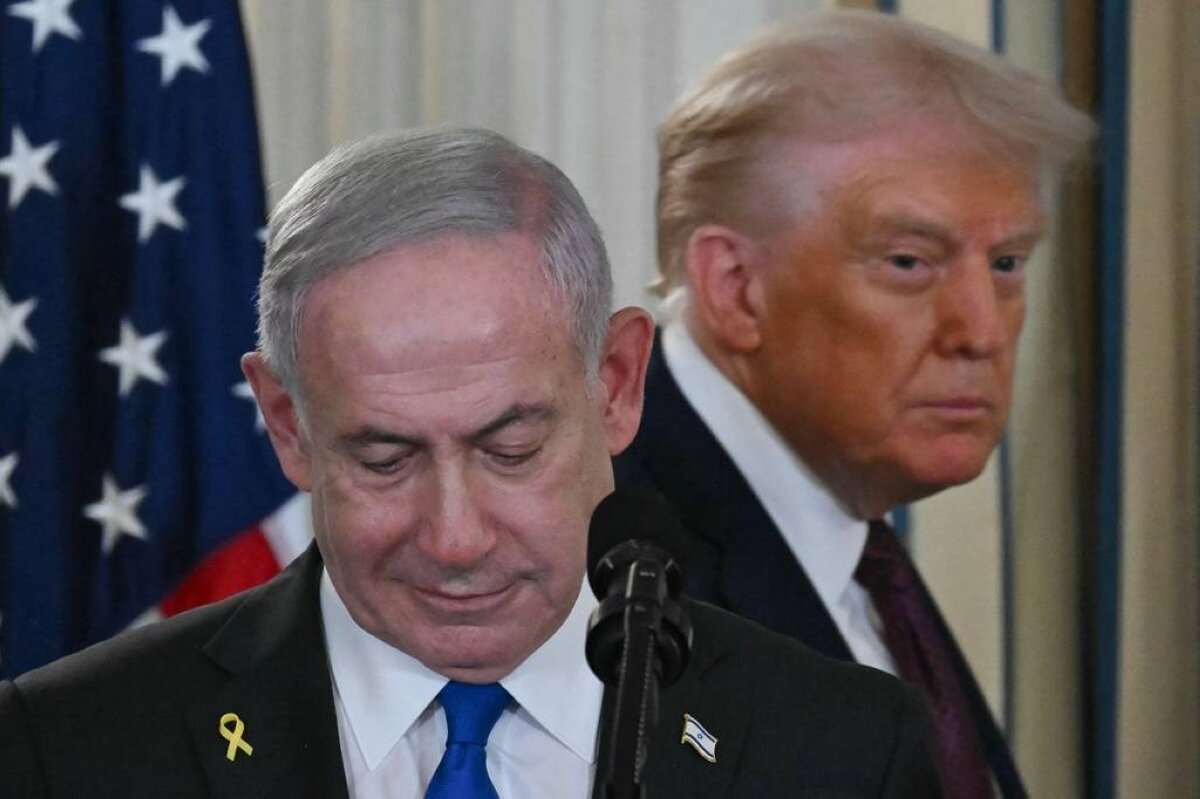Hamas calls the shots, leaves Israel and US to play catch-up

TEHRAN – The indirect talks in Egypt between Hamas, Israel, and U.S. representatives signal the growing significance of the Palestinian group’s strategic maneuvering in the Gaza conflict. The negotiations in Sharm el-Sheikh illustrate Hamas’ strategic use of diplomacy following intensive Israeli military operations.
According to AFP sources, Hamas has expressed a strong willingness to implement a U.S.-proposed ceasefire and immediately begin a prisoner exchange, provided Israel demonstrates genuine commitment to the plan. Under the 20-point plan unveiled by President Donald Trump, Hamas would release the remaining 48 captives—approximately 20 of whom are believed to be alive. On Friday, Hamas officially stated that it “affirms its readiness to immediately enter into negotiations through the mediators to discuss the details of this agreement.”
Both Trump and the office of Israeli Prime Minister Benjamin Netanyahu responded positively to Hamas’ declaration, signaling a tentative alignment on the path to a truce.
Key provisions
The ceasefire plan stipulates that Israel’s military assault in Gaza would cease immediately upon agreement by both parties. All captives, whether alive or deceased, are to be released within 72 hours. Israel would also halt operations, withdraw from large parts of Gaza, release hundreds of Palestinian prisoners, and permit an influx of humanitarian aid alongside eventual reconstruction efforts. The plan emphasizes that no Palestinian would be forced to leave Gaza, though those choosing to depart may return freely.
The Israeli military has confirmed that preliminary steps are underway to prepare for the potential implementation of the plan.
Hamas’ strategic positioning
A closer examination of Netanyahu’s stated military objectives highlights the significance of Hamas’ diplomatic posture. Since ordering Israel's military campaign in Gaza in October 2023, Netanyahu has repeatedly vowed to continue the offensive until Hamas is eliminated and all captives are released. His acceptance of the ceasefire plan signals an implicit acknowledgment of the limitations of military force and a pragmatic turn toward diplomacy to achieve objectives that eluded the battlefield.
Similarly, Trump’s involvement underscores the recognition that Israel cannot defeat Hamas militarily. Politically, the ceasefire represents an opportunity for Trump to claim a form of victory. During his presidential campaign, he pledged to end the Gaza conflict swiftly. Finalizing the truce would allow him to portray tangible success, potentially positioning him for international accolades, including consideration for the Nobel Peace Prize.
Global and regional implications
The ceasefire would also mark a strategic victory for Hamas. Israel’s international standing has suffered during the Gaza conflict, with widespread criticism from global leaders, United Nations officials, and even domestic human rights organizations. The death of 67,000 Palestinians has exacted a heavy price: Netanyahu has been designated a wanted individual by the International Criminal Court for war crimes, while several Western allies—including the UK, France, Australia, and Canada—have recognized Palestine as a state, further isolating Israel diplomatically.
If implemented, the ceasefire could derail Israeli ambitions of fully reoccupying Gaza. In this scenario, Hamas positions itself as a prudent and politically astute actor, placing the onus on Israel to either honor the agreement or face escalating international condemnation. Reneging on the deal carries significant political and strategic costs for Israel, further entrenching its image as a pariah.
By accepting Trump’s ceasefire proposal, Hamas demonstrates not only strategic foresight but also a calculated understanding of the shifting balance of power in the Gaza conflict.
